Superbooth 2021: Doepfer has a bunch of new modules and a keyboard
You can rely on the inventors of Eurorack to have a few new modules up their sleeve for Superbooth. Doepfer says it will demonstrate new modules at the show, as well as a new version of the A-100PB case that has a keyboard built into the lid.
A-100PBK
Before we get to the new modules, let’s check out the less expected A-100PBK. It takes the A-100 Suitcase Bass enclosure that offers a console-style bottom end that can have a regular A-100 stacked onto it. Under the lid, you’ll find 2 rows of 84 HP but instead of putting the lid to one side Doepfer has built a keyboard controller into it.
Doepfer says that it’s a MIDI keyboard running on a stereo minijack which presumably means you’re going to need to have a MIDI-to-CV converter module to make best use out of it. It seems very odd that it’s not got CV/Gate outputs but perhaps using MIDI offers a wider range of CV generating possibilities. We’ll know more when we’ve seen it in the flesh.
Slimline modules
Some simpler modules for the 4HP slimline range include the A-138f Dual 3-way crossfader, the A-149-4 Quad Random Voltage Source, the A-182-4 Dual Rotary Switch and the A-179-2 Light Controller CV/Gate. They all seem delightfully straightforward.
A-126-2 Frequency Shifter II
A new version of the A-126 Frequency Shifter is a precision module that shifts the frequency of audio signals. Where a regular pitch shifter would shift frequencies proportionally, the A-126-2 adds a precise frequency onto whatever frequency comes in. It has an internal sine/cosine oscillator and a “Squelch” control which acts as an envelope follower.
To be completely honest I have no idea what this module is about. I keep reading the description and I still have no clue as to what you’d do with it or what all the functions are. If you know, then tell me about it in the comments or hopefully, a video or some explanation will turn up at Superbooth.
Superbooth
You’ll find Doepfer at booth B047 in the Bungalow-Dorf.
More information from Doepfer
4 responses to “Superbooth 2021: Doepfer has a bunch of new modules and a keyboard”

 5,0 / 5,0 |
5,0 / 5,0 | 
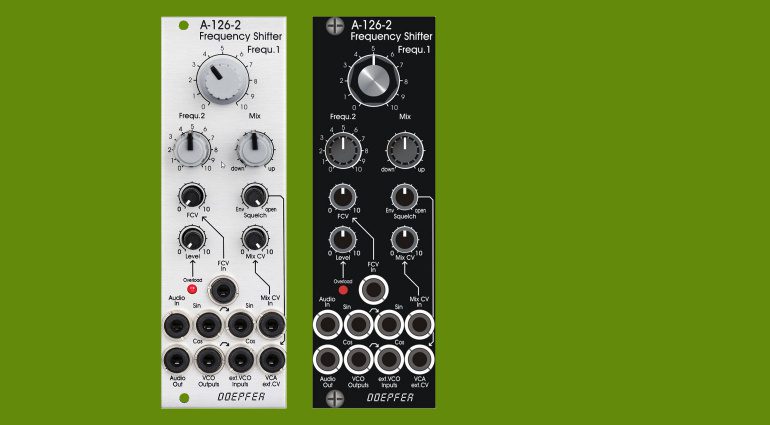
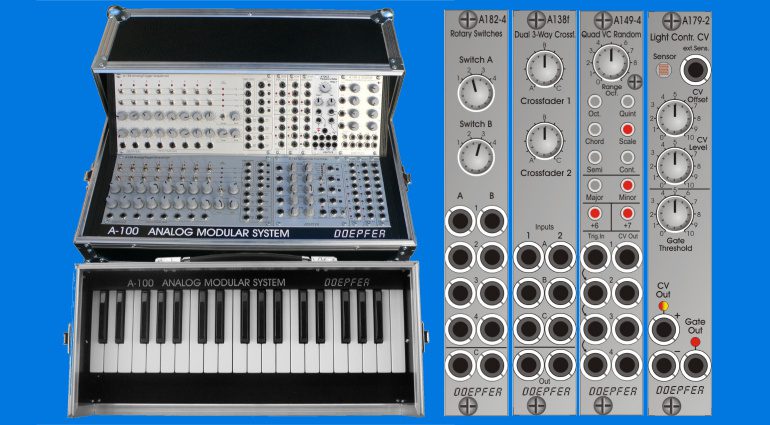



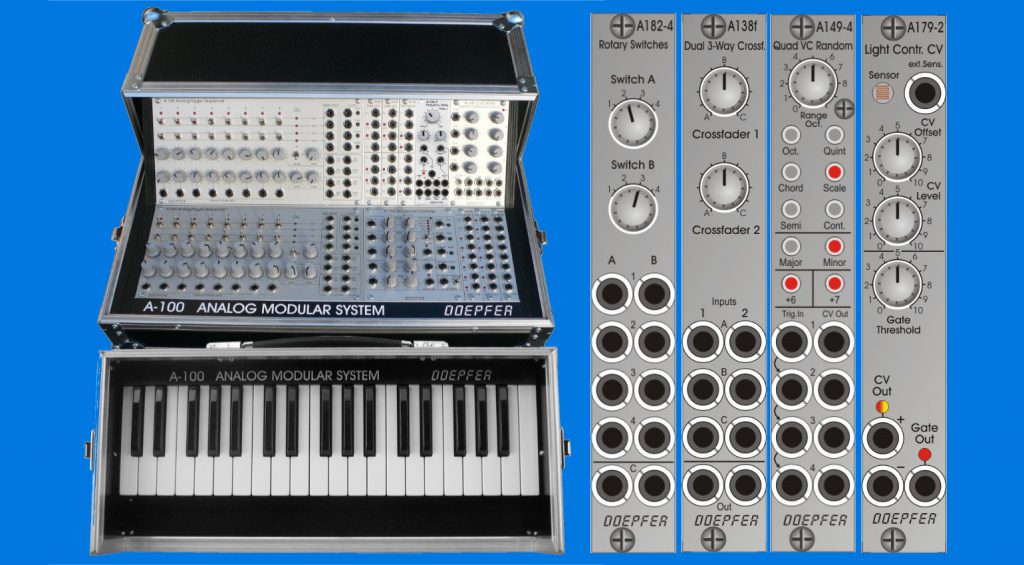
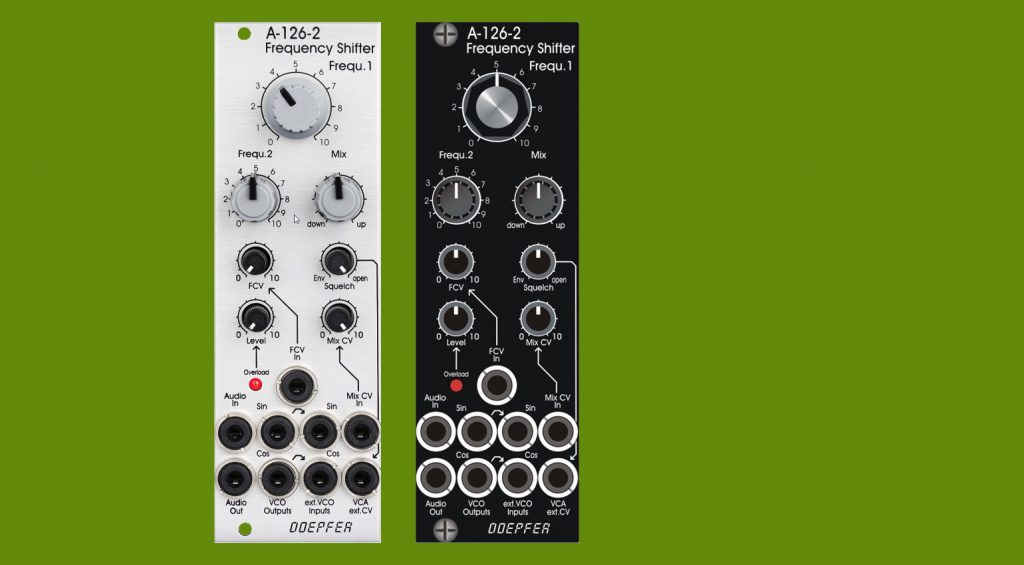
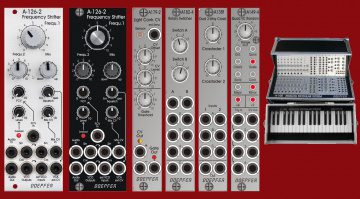

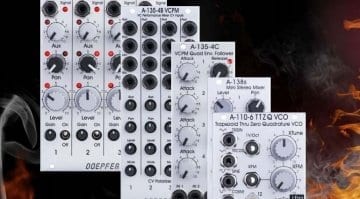
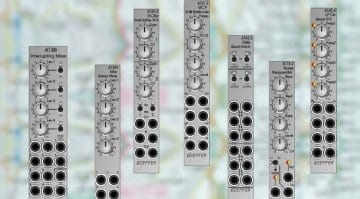


Initially I thought the frequency shifter would be a fun module to add to your rack, start experimenting and analyze the resulting waveforms in an oscilloscope. But then I scrolled down to the bottom of the website and saw that the module is priced at 375€, which is by far not what I was expecting. In my opinion that’s quite expensive for a Doepfer module, still not completely put off though, I’m waiting for some demos.
Regarding the use of a frequency shifter: I remember watching a video about sine compression and distortion in DnB. They used a frequency shifter before and after distorting the sine wave to create some interesting movement in basslines. Maybe that’s a use case?
The most well-known one was the Bode/Moog. It’s similar to ring-modulation but only outputs one sideband. If you don’t know what this means, just ignore. The circuit is much more complicated than ring-mod – hence the price. Anyway, it shifts all input frequencies by a fixed amount of Hz. If you know about linear (Hz/V) vs exponential (V/oct) VCOs you’ll get this. The ouput is sort-of like pitch shifting but starts to sound very weird if you shift by much since the hamonics of your input are not longer harmonics on the output giving the ring-mod bell-type sound.
Jan Hammer used one with a Fender Rhodes to do pitch bend on it. It sort-of worked. Back then, there were no pitch shifters.
https://youtu.be/12wCo0GeApg?t=42
Ah, useful, thanks